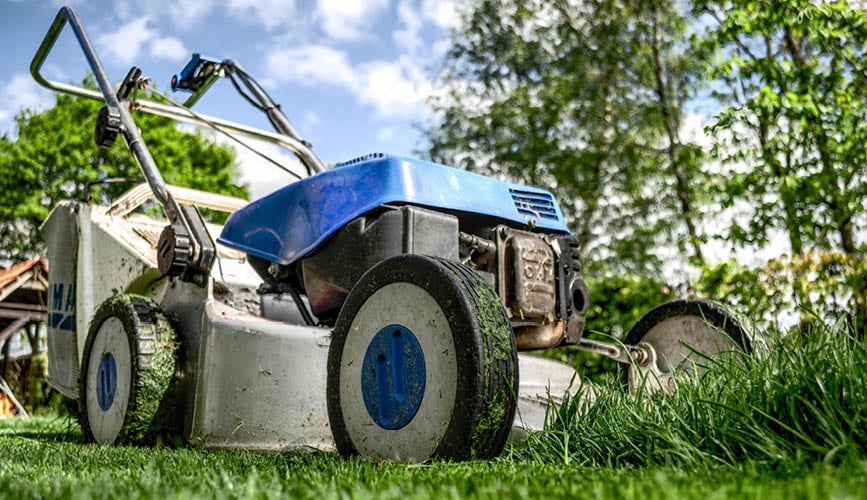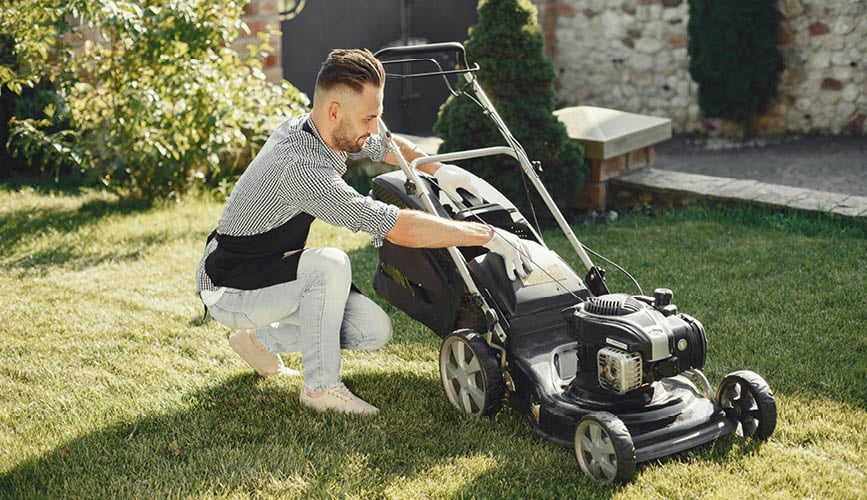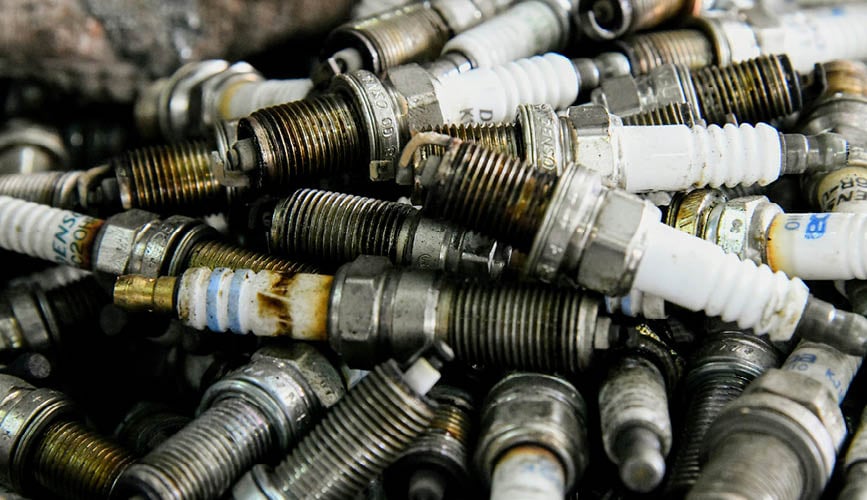 |
| When it comes to moving and storing small engine equipment, preparation is key. Whether relocating your lawnmower during the winter or tucking away your generator for the season, handling these machines properly can save you from headaches. This guide will walk you through simple, effective steps to ensure your equipment stays in top shape. Following these practices can provide a smooth move and a safe, organized storage spot. |
| Preparing Your Equipment for a Move |
| Before moving your small engine equipment, clean it thoroughly to remove dirt, debris, and residue. Wipe down all surfaces with a damp cloth and clean out any filters or compartments to prevent the mess from affecting your new space. Next, drain all fluids, including gasoline and oil, into proper containers to avoid leaks and spills during transport. Removing these liquids also minimizes the risk of damage to your equipment and the moving vehicle. Finally, detach any removable parts and secure them with tape or zip ties to keep them organized and prevent loss or damage. These preparations ensure that your equipment stays in optimal condition throughout the move. |
| Choosing the Right Moving Services |
| When moving and storing small engine equipment, selecting the right moving services is essential, especially in states like Florida, where weather conditions can be unpredictable. If you're seeking moving help in Broward County, discuss the specifics of your equipment with them beforehand to get an accurate quote. By working with movers who understand the unique challenges of transporting small engine gear in Florida, you can ensure a smooth and hassle-free move. |
 |
| Relocating small engine equipment is best handled by professionals. |
| Moving Your Equipment Safely |
| Proper transport is key to keeping your small engine equipment in good condition. To ensure a smooth process, follow these steps for safe handling and transportation. |
| Use Appropriate Moving Gear |
| Use proper moving gear such as dollies, ramps, and secure straps to transport your small engine equipment safely. Dollies help move heavy items easily and reduce strain on the equipment. Ramps are useful for loading and unloading equipment without lifting, minimizing the risk of damage. Secure straps keep the equipment stable during transit, preventing shifts that could cause harm. Avoid using makeshift tools like homemade ramps or ropes, as these can be unsafe and lead to damage. |
| Monitor the Loading Process |
| Watch closely as your equipment is loaded into the moving vehicle. Ensure that it is carefully placed and secured in a stable position. The equipment should not move or shift during transport, so check that all straps and padding are correctly applied. Proper loading practices prevent accidental tipping or jostling that could damage your equipment. |
| Check for Damage Upon Arrival |
| As soon as your equipment arrives at the new location, inspect it thoroughly for any signs of damage. Look for scratches, dents, or other issues that may have occurred during the move. If you notice any problems, report them to the moving company immediately to address any potential claims or repairs. Quick action helps resolve issues and immediately ensures your equipment is ready. |
 |
| Check for damange after moving and storing small engine equipment |
| Storing Equipment Properly |
| Once your small engine equipment has been moved, proper storage is essential to keep it in top condition. Follow these guidelines to store your equipment safely and prolong its lifespan. |
| Choose the Right Storage Location |
| Selecting the right storage space is the first step. Opt for a dry, cool, well-ventilated area to prevent moisture buildup, which can cause rust or corrosion. Avoid placing your equipment in areas prone to extreme temperatures, such as attics or uninsulated garages, as these conditions can damage internal components. If possible, store the equipment off the ground on shelves or pallets to protect it from dust and dirt. |
| Protect Equipment from the Elements |
| To safeguard your equipment, cover it with tarps or specialized equipment covers that shield it from dust, dirt, and moisture. These covers help maintain the equipment’s condition during periods of inactivity. Make sure the cover fits snugly but allows some airflow to prevent condensation. Also, keep the surrounding area clean and free of pests, as rodents and insects can damage wiring or other components. |
| Regular Maintenance Checks |
| Even in storage, your equipment needs occasional attention. Perform regular maintenance checks to identify any signs of wear or damage. Look for issues like rust, corrosion, or deteriorating rubber parts and address them promptly. Periodically start the engine, if applicable, to keep internal parts lubricated and ensure everything remains in working order. This proactive approach will help you avoid surprises when you’re ready to use the equipment again. |
| Tips for Long-Term Equipment Care |
| Taking care of your small engine equipment over time involves careful planning and regular maintenance. These practices will help ensure that your equipment remains in optimal condition and ready for use whenever needed. |
| Follow the Manufacturer’s Instructions |
| Always adhere to the manufacturer’s guidelines for maintenance and care. These instructions provide specific details on how to service your equipment, including recommended oil types, replacement schedules for parts
, and proper storage methods. Keeping a detailed record of all maintenance tasks and repairs helps you track the condition of your equipment and spot any recurring issues. By following these guidelines, you can help ensure that your equipment operates efficiently and has a longer lifespan. |
| Store Parts Separately |
| Consider removing and storing small parts and accessories separately when preparing your equipment for long-term storage. Keep items like spark plugs, filters, and belts in labeled containers to avoid misplacing them and to make reassembly easier. Storing parts separately prevents damage and loss, allowing you to get your equipment back in working order quickly. Regular checks and maintenance during storage will ensure your equipment stays in top condition. |
 |
| Store small parts separately to prevent damage and misplacement. |
| Final Words on Moving and Storing Small Engine Equipment |
| Properly moving and storing small engine equipment is key to longevity and performance. By following the best practices for preparation, choosing the right moving services, and ensuring safe transportation and storage, you can keep your equipment in top condition. Regular maintenance and careful attention to manufacturer guidelines will further protect your investment, ensuring your equipment is always ready for use. With these tips, you can confidently handle your small engine equipment, knowing it’s well-cared for at every stage. |
|
| Mower Image: By Skitterphoto |
| Mover Image: By RDNE Stock Project |
| Mower and Man Image: By Gustavo Fring |
| Bolts Image: By Shraga Kopstien |